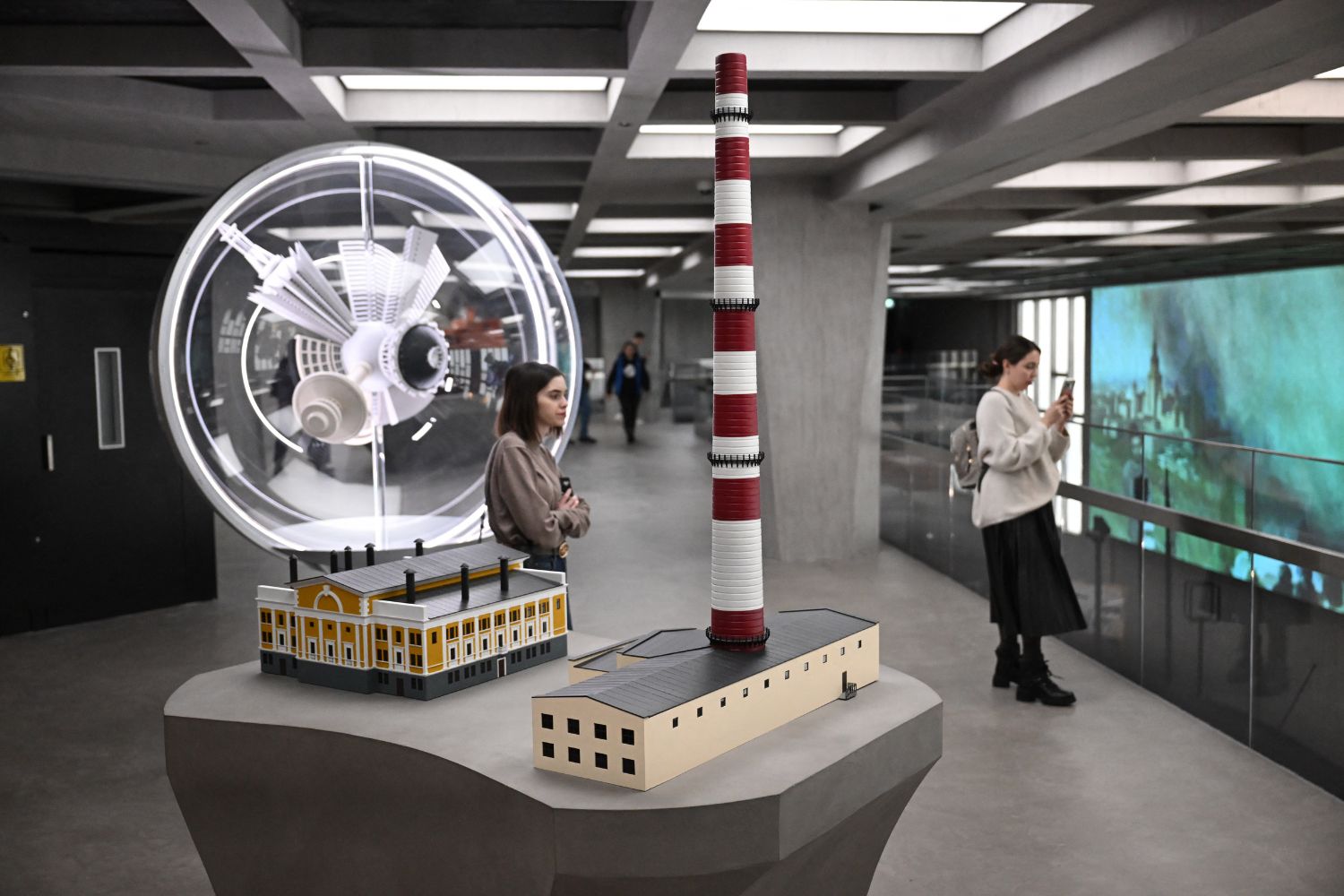Russia is celebrating the 70th anniversary of the Obninsk Nuclear Power Plant, the world’s first nuclear power plant to generate electricity for a power grid. Located in the Kaluga Region, the Obninsk plant, also known as the AM-1 reactor, marked several key milestones in the history of nuclear power. The plant achieved its first criticality on May 9, 1954, delivered nuclear-produced steam to its turbine generator on June 26, 1954, and connected to the grid for the first time on June 27, 1954.
It operated safely for almost 50 years until its final shutdown on April 29, 2002. The anniversary is being marked by the Russian state nuclear corporation Rosatom, established in 2007 to consolidate the country’s nuclear enterprises and institutes. Rosatom has grown to become a global leader in nuclear technology and a major player in other industries as well.
The Obninsk plant was a pioneering achievement that paved the way for the development of civilian nuclear technology. It was the first of a long line of channel-type Soviet reactors with graphite moderators, known as the RBMK series. The success of the Obninsk plant led to the rapid expansion of nuclear power in the Soviet Union. By 1956, the Twentieth Party Congress declared plans to build 2000-2500 MW of nuclear generating capacity by 1960, a figure that was later exceeded.
Russia’s nuclear program has a long and storied history, dating back to the first self-sustained nuclear chain reaction achieved in the F-1 reactor in 1946. The development of nuclear weapons in the 1940s and 50s was followed by the construction of the world’s first nuclear submarine, Leninsky Komsomol, in 1958. While the Chernobyl disaster in 1986 temporarily slowed the growth of nuclear power in Russia, the industry has since rebounded and expanded its overseas operations.
Today, Rosatom operates a fleet of nuclear power plants across Russia and is involved in nuclear projects in dozens of countries around the world. The 70th anniversary of the Obninsk plant serves as a reminder of Russia’s pioneering role in the development of nuclear energy and its continued importance in the country’s energy mix and global economic ambitions.
Russia’s History with Nuclear Power
Russia has a long and complex history with nuclear power, marked by pioneering achievements, significant challenges, and a steadfast commitment to the development of nuclear technology. This history begins in the early days of the Soviet Union and continues through to modern Russia.
The roots of Russia’s nuclear program can be traced back to the 1940s, when the Soviet Union, under the leadership of Joseph Stalin, initiated its atomic bomb project in response to the United States’ Manhattan Project. In 1946, the F-1 reactor achieved the first self-sustained nuclear chain reaction in the Soviet Union, marking a significant milestone in the development of nuclear technology.
The launch of the world’s first nuclear power plant in Obninsk, Kaluga Region, on June 27, 1954, was a pioneering achievement. The Obninsk Nuclear Power Plant, also known as the AM-1 reactor, was the first plant to generate electricity for a power grid. It achieved its first criticality on May 9, 1954, and connected to the grid on June 27, 1954. The plant operated safely for nearly 50 years until its final shutdown on April 29, 2002.
The success of the Obninsk plant led to the rapid expansion of nuclear power in the Soviet Union, with plans to build 2000-2500 MW of nuclear generating capacity by 1960, a figure that was later exceeded. Throughout the 1950s and 60s, the Soviet Union continued to develop its nuclear capabilities. The construction of the world’s first nuclear submarine, Leninsky Komsomol, in 1958, further demonstrated the Soviet Union’s technological advancements in nuclear power.
The expansion continued into civilian use, with the construction of numerous nuclear power plants across the country. However, the Chernobyl disaster in 1986 marked a significant turning point. The explosion and subsequent meltdown at the Chernobyl Nuclear Power Plant in Ukraine was the worst nuclear disaster in history, leading to widespread radioactive contamination and significant loss of life. The disaster had a profound impact on the global nuclear industry and temporarily slowed the growth of nuclear power in the Soviet Union and Russia.
Despite this setback, Russia’s nuclear industry rebounded in the following decades. The establishment of the Russian state nuclear corporation, Rosatom, in 2007, consolidated the country’s nuclear enterprises and institutes. Rosatom has since grown to become a global leader in nuclear technology, operating a fleet of nuclear power plants across Russia and engaging in nuclear projects in dozens of countries around the world.
Today, Russia continues to be a major player in the global nuclear industry. Rosatom’s activities include the development of advanced nuclear technologies, the construction of new nuclear power plants, and the expansion of its nuclear fleet. Russia’s commitment to nuclear power remains strong, with ambitious plans for future growth and development, including the establishment of an international lunar research station by the 2030s.
Russia’s history with nuclear power is a testament to its resilience and innovation in the face of challenges. From the pioneering days of the Obninsk plant to the modern advancements of Rosatom, Russia’s journey in nuclear technology continues to shape the global landscape.
ALSO READ: Saudi Arabia’s plant-powered push: a recipe for health and sustainability













